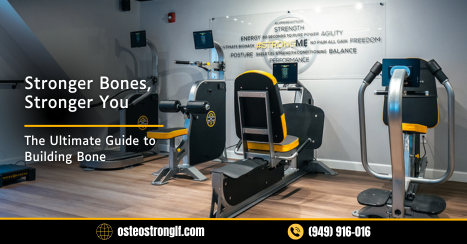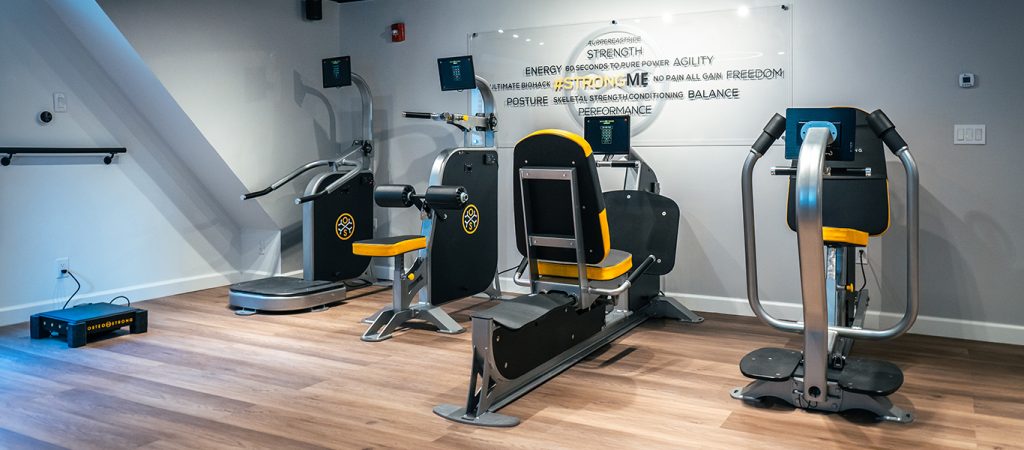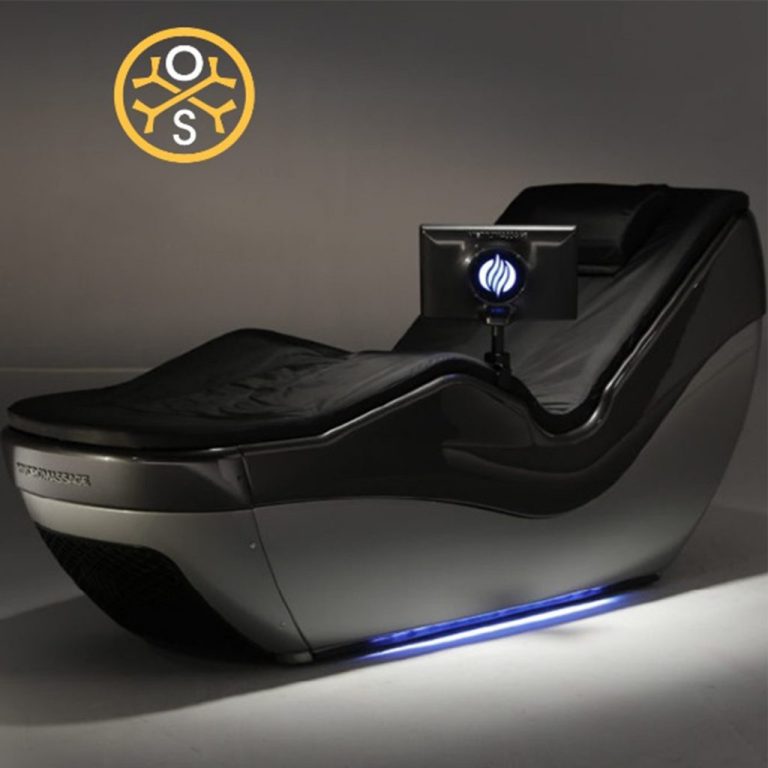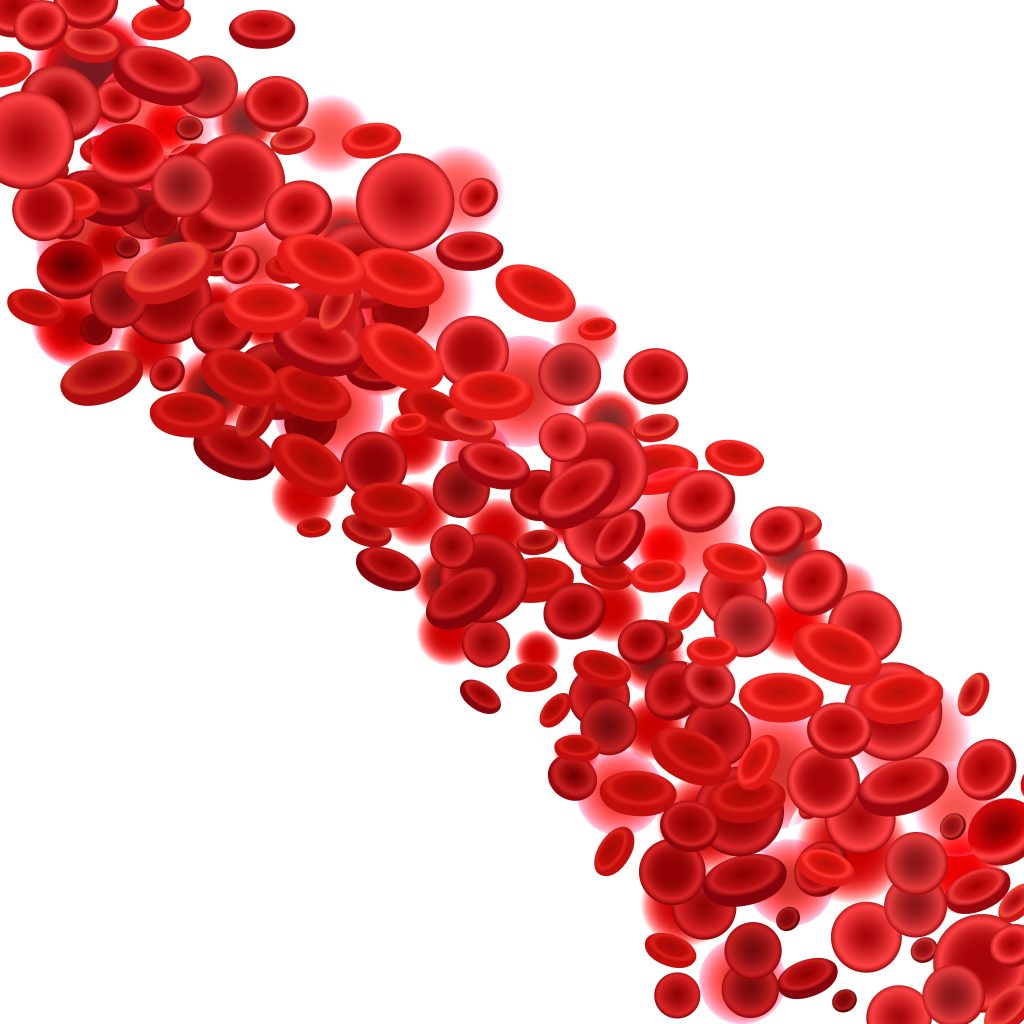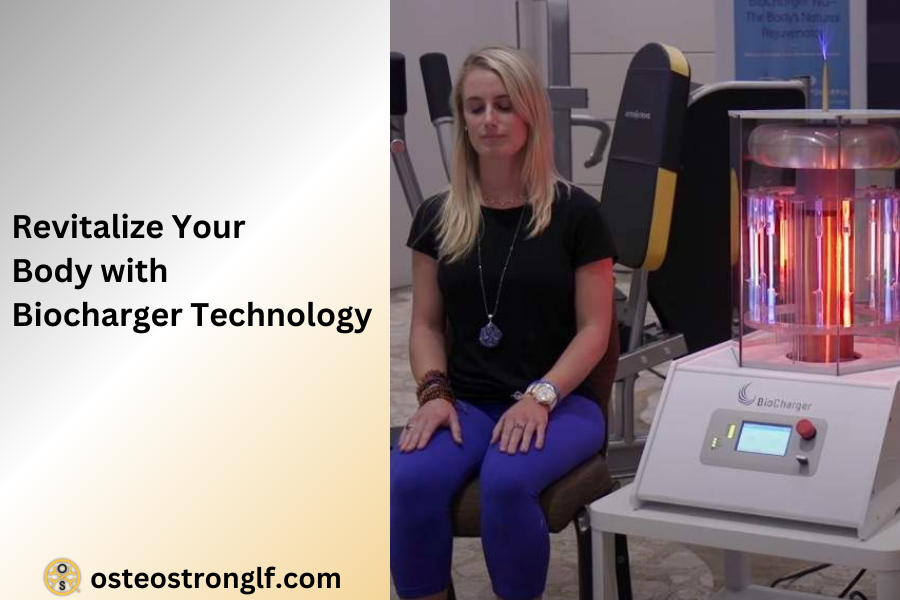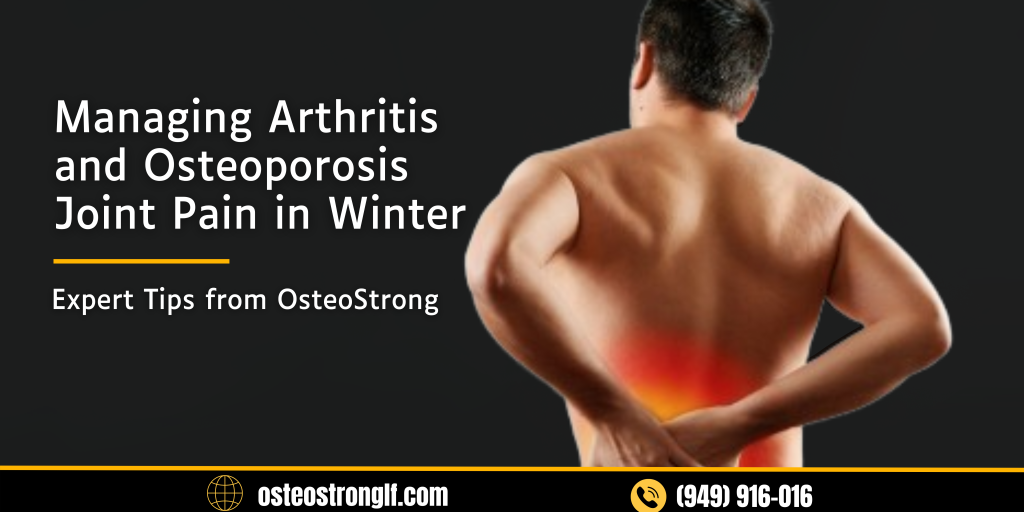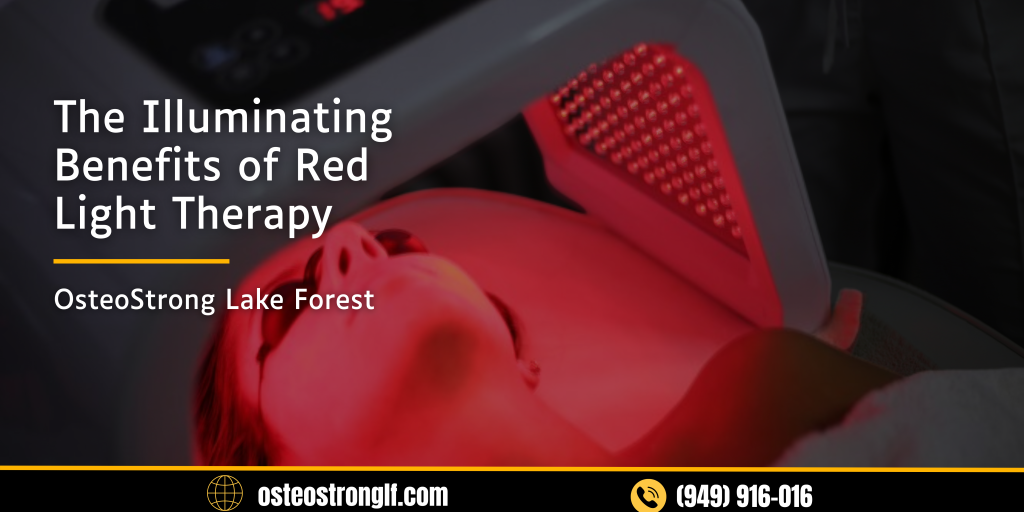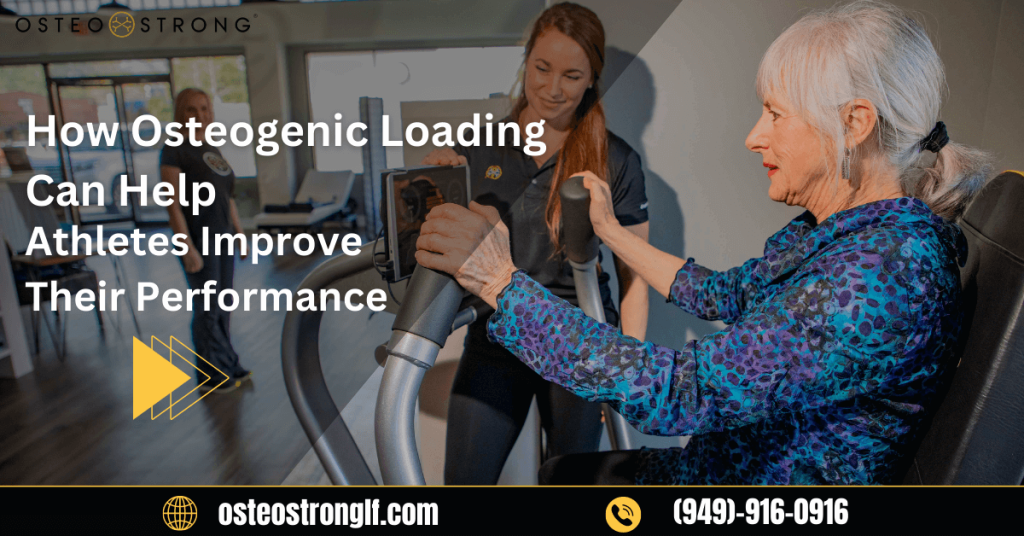Skeletal Health Day: A Reminder to Prioritize Bone Health at Every Age
Most of us don’t think about our bones until we have to—whether that’s due to an injury, joint pain, or a diagnosis like osteoporosis. But bone health is a lifelong priority, not just something to worry about later. Skeletal Health Day, an annual event on February 6, is aimed at raising awareness about the importance of building and maintaining strong bones from an early age.
To mark the occasion, experts are sharing insights on skeletal strength, helping people of all ages understand how to improve their bone health now rather than waiting until issues arise.
Why February 6?
The date—2/06—symbolizes the 206 bones in the human body. While bone density loss is often associated with aging, the goal of Skeletal Health Day is to shift the conversation: strong bones start young, and maintaining them is a lifelong effort.
“We often hear about osteoporosis prevention for older adults, but the foundation for lifelong bone health is actually built in childhood and early adulthood,” says Kyle Zagrodzky, bone health expertand Founder of OsteoStrong . “Our bone density peaks around age 30, and after that, it gradually declines. That’s why taking steps to strengthen your skeletal system early on can make a huge difference later in life.”
Think of your bones like a savings account. Up until your 30s, you’re in the deposit phase, building up as much bone mass as possible. After that, you start making withdrawals, losing about 1% of bone density per year on average. For women, that rate increases significantly after menopause. The more you’ve “saved up” in your early years, the better off you’ll be later on.
The good news? Bone loss isn’t inevitable. Weight-bearing exercise, proper nutrition (including calcium and vitamin D), and other proactive steps can help keep bones strong at any stage of life.
Some approaches to bone health focus on science-backed techniques that stimulate bone growth without the wear and tear of high-impact exercise. For example, the bone health system at OsteoStrong uses osteogenic loading—applying force to bones in a controlled way—and that specific approach has been shown to promote skeletal strength. Many who incorporate weight-bearing activities or more targeted methods like OsteoStrong into their routine report improvements in bone density, balance, and joint health over time.
“People don’t always realize how vital bones are beyond just structural support,” Zagrodzky explains. “They store essential minerals, contribute to muscle function, and even impact overall health in ways we’re still discovering. When we prioritize bone health, we’re investing in whole-body wellness.”
Skeletal Health Day is an opportunity to educate people on the importance of strong bones and provide practical solutions for maintaining skeletal health. Whether you’re an athlete looking for an edge, someone dealing with joint pain, or simply interested in preventing future bone loss, small steps taken today can make a big difference in the long run. Bone health isn’t just an “older adult” issue—it’s something we all need to think about. By raising awareness and encouraging proactive care, Skeletal Health Day serves as a reminder that a strong future starts with strong bones today.
OsteoStrong Launches Annual Skeletal Health Day Urging Early Action to Improve Lifelong Bone Health
The leading bone health biohack offers educational information and free sessions to celebrate the new awareness day
NASHVILLE, Tenn. (Feb. 6, 2025) – OsteoStrong, a world leader in skeletal strength conditioning, is launching Skeletal Health Day, an annual event taking place on Feb. 6. The awareness day aims to inspire action toward improving bone health at all stages of life, not just for older adults. OsteoStrong is celebrating the day by promoting educational content on bone health and offering free trial sessions at participating locations.
Skeletal Health Day on Feb. 6 (2/06) is a nod to the 206 bones in the human body and the 206 OsteoStrong locations dedicated to improving skeletal health by increasing bone density, balance, posture, and overall athletic conditioning. While bone health is often associated with aging, OsteoStrong is elevating Skeletal Health Day as a reminder that optimal bone health in later years begins in youth.
“People generally build bone density faster than it breaks down until about the age of 30 where they will have the highest bone density in their entire lifespan. Once they’ve achieved this peak bone mass, people start losing bone at an average rate of just under 1 percent per year, with women losing at a higher rate during their menopause years,” said Kyle Zagrodzky, Founder and CEO of OsteoStrong. “It is for this reason that building your ‘bone bank’ in your younger years is so important. Having a high peak bone mass at the age of 30 can help prevent diagnosis of osteoporosis later in life because the body has a larger store of bone density to pull from after the age of 30.”
OsteoStrong advocates for a holistic approach to bone health, starting in adolescence and continuing through aging. On a basic level, a balanced diet rich in calcium and vitamin D, combined with weight-bearing exercises, can help support strong bones and improve overall well-being. However, those seeking a more targeted approach to bone health will find the OsteoStrong system provides more detailed results.
OsteoStrong sessions are designed to improve bone density, posture, athletic performance, balance, and more. Suitable for individuals of all ages and activity levels, OsteoStrong uses a revolutionary technique called osteogenic loading to promote skeletal strength. By engaging in a series of movements on robotic musculoskeletal treatment devices, customers experience axial compression of bones, resulting in a stronger skeletal system and increased bone mass. Notably, these sessions are quick (approximately 10 minutes), sweat-free, and produce measurable results in a short time. By taking this proactive step at any age, individuals can help preserve bone density and avoid complications like fractures and joint pain.
“Bones are an often-overlooked component to good health throughout life until people receive an osteoporosis diagnosis. This is why it’s so important to address your bone health during your peak years,” said Zagrodzky. “Not only that, but bones are responsible for more than just holding up the physical body and protecting the organs. Bones act as storage system for vital minerals and nutrients that the body will pull from when needed and help with muscle, heart and other functions. Bone health is whole-body health.”
To further celebrate Skeletal Health Day, participating OsteoStrong locations are offering customers a free trial session to see how the system works in person and how it can be a part of their bone health journey. Those interested in a free session can find a participating location nearest them here: https://osteostronglf.net/book-your-session.
“Bone health shouldn’t be an afterthought,” Zagrodzky said. “Skeletal Health Day is about educating the public on the importance of strong bones, offering practical solutions, and helping people take control of their health today to ensure they can live stronger and healthier tomorrow.”
For more information about OsteoStrong and its groundbreaking wellness solutions, visit osteostronglf.com.
About OsteoStrong
OsteoStrong leverages a clinically researched osteogenic stimulation methodology to help people of all ages and fitness levels enhance bone health, balance, overall strength, and posture. Sessions also alleviate back and joint pain in many cases. Created based on research in cellular biology, longevity, and bone mass production, the OsteoStrong system triggers the growth of new bone and muscle density in 10-minute sessions just once per week. OsteoStrong’s proprietary system engages bone and muscle development and delivers many benefits beyond what is often thought only possible with strenuous exercise. OsteoStrong is extremely effective, easy to do, and doesn’t leave people feeling fatigued or sore the next day. It’s based on the cutting-edge science of high-impact emulation without the risk associated with traditional impact exercises.
With over 11 million sessions completed, tens of thousands of people have seen amazing results since the brand launched in 2012. Many who attend sessions just once per week are increasing bone density, improving balance, eliminating chronic joint and back pain, eliminating symptoms associated with fibromyalgia, and regaining physical strength.

